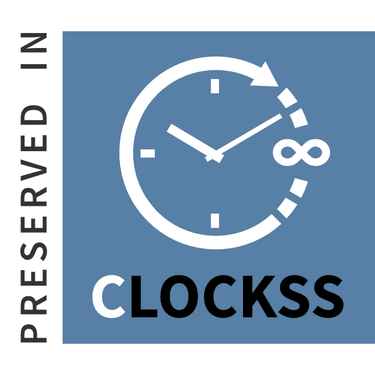Prevalence of Internet Addiction among Secondary Level Students
Abstract
Background: The study aimed to assess the prevalence of internet addiction among Secondary level students in Waling Municipality, Syangja, Nepal.
Methods: A cross-sectional study was conducted among 280 students aged 15-19 from three schools in Waling Municipality in January 2022; stratified simple random sampling proportional to the size of the population was used. A self-administered structured questionnaire was used and an Internet Addiction scale was applied which includes 20 questions with a score of 1–5 for each question. Based on scoring subjects would be classified into normal users (0–30), mild (31–49), moderate (50–79), and severe (80–100) Internet Addiction groups. Descriptive statistics, bivariate analysis, and multivariate logistic regression analysis were computed at a 5% level of significance.
Results: of the total 30.7 had mild and 15.4 had moderate internet addiction. The likelihood of reporting internet addiction was significantly higher among those who used the internet for more than two hours (AOR, 2.91; 95% CI, 1.56-5.42), common mode to access the internet (AOR, 17.04; 95% CI, 2.09-138.61), friend's encouragements (AOR, 2.18; 95% CI, 1.17-4.05), living with family (AOR, 5.183; 95% CI, 1.55-17.30) and gender (AOR, 1.833; 95% CI, 1.04-3.22)
Conclusion: The current study documents almost half of the school adolescents had internet addiction. Carrying out public awareness campaigns and establishing ways to enhance the positive effect of the internet while minimizing the negative outcomes of the associated factors may be a profitable strategy to decrease its prevalence and effect.
Keywords: Internet addiction; secondary level students; Nepal.
Copyright (c) 2024 Susmita Pathak, Bimala Sharma, Sachin Khatiwada, Bhawana Kandel, Abhishek Karn

This work is licensed under a Creative Commons Attribution-NonCommercial 4.0 International License.
Journal of Nepal Health Research Council JNHRC allows to read, download, copy, distribute, print, search, or link to the full texts of its articles and allow readers to use them for any other lawful purpose. Copyright is retained by author. The JNHRC work is licensed under a Creative Commons Attribution-NonCommercial 4.0 International (CC BY-NC 4.0).












